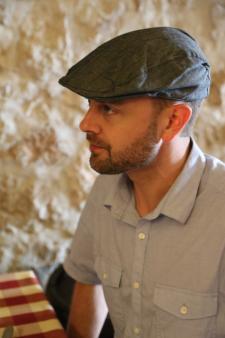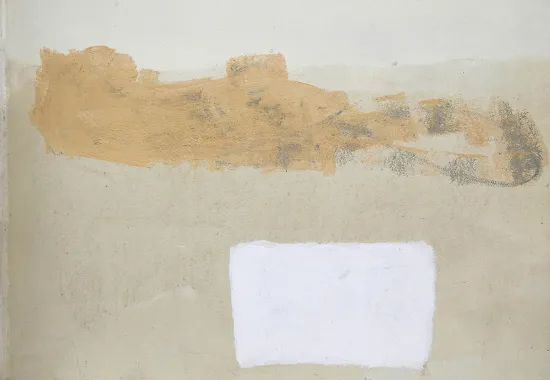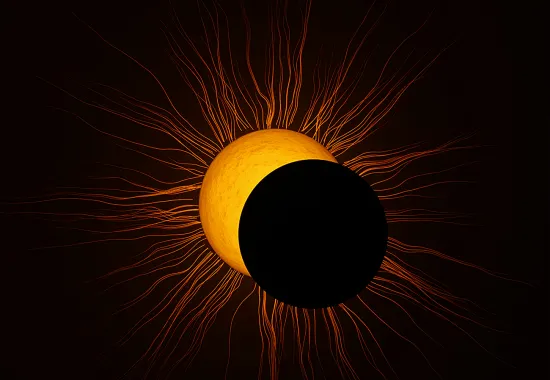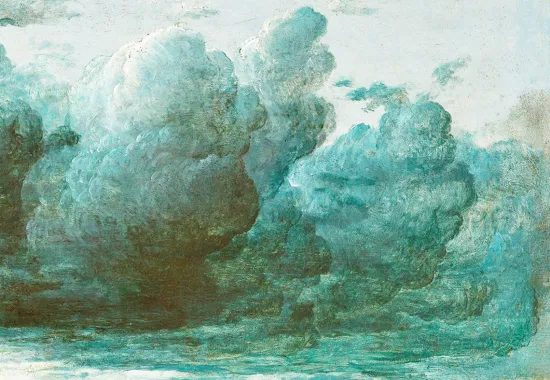"Factual Telepathy: Gnosticism in the Poetry of Susan Howe"
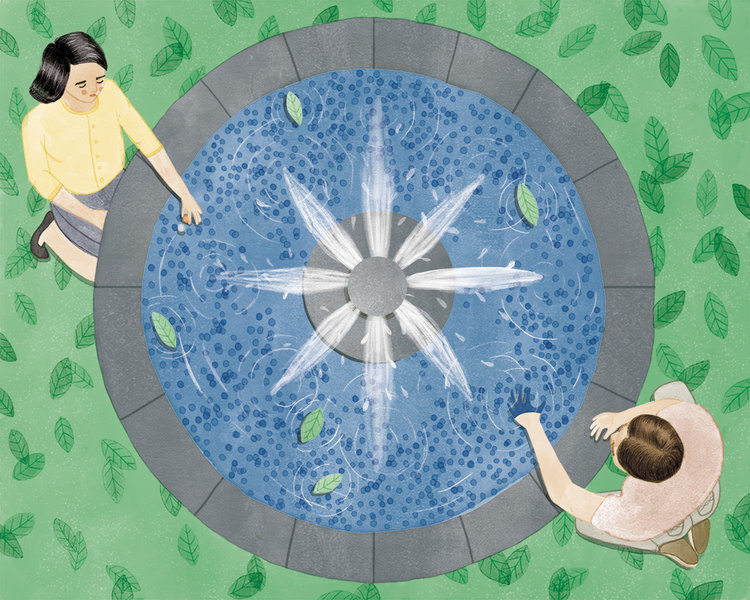
There have been many writers who could be described, to varying degrees, as Gnostic, but Susan Howe is one of the most important. Just as William Blake’s Gnostic poetry endeavors to break out of the Corporeal realm and into the Eternal, Howe uses the materiality of language, writing, and history to break beyond them into a psycho-spiritual realm, into the transmundane. Her poetry connects with minds on the other side of living.
In her meditation on Chris Marker’s filmmaking, Howe writes, “I call poetry factual telepathy.” By her phrase “factual telepathy” I take Howe to mean (at least) two things: First, that poetry is, in fact, a form of telepathy, and that by calling it “factual,” she implies the spuriousness of other modes of so-called telepathic phenomena. There might be occultist pretensions to psychic connections, but poetry can in fact achieve them. Second, and most especially, Howe means that poetry is a form of telepathy that is borne out of facts, that emerges by delving into the factual[i] Naturally, Howe’s description suits her own poetry (and even some of her criticism) to a tee.
In Singularities, for instance, we might understand the first section, “Articulation of Sound Forms in Time,” as Howe working toward a telepathic connection with the Reverend Hope Atherton (and others, too). Howe begins with a prose account of the little-known Falls Fight of 1676 and an obscure letter from 1781 that confirms Atherton’s experience being lost for several days in the New England wilderness. The subsequent verse subsections compress and splice fragments of diverse source texts that were contemporaneous with or associated in various ways with the Falls Fight and Hope Atherton. Howe culls scraps of language from her sources—most of which are obscure[ii]—to make dense collage poetry.
§
Howe’s poetic collages work to recover lost voices. As Devin Johnston writes in Precipitations, Howe’s methodology “involves the recovery and collaged ‘voicing’ of historical texts.” The recovered “voicings” in Singularities include Hope Atherton’s, but they also include those forgotten by the official version of history. Some 300 people died in the Falls Fight, almost entirely natives. “What the historian doesn’t say,” Howe notes, “is that most of the dead were women and children. Only one white man was killed… ” Howe’s voicing of Hope Atherton, thus, recovers not only the reverend but, implicitly, other lost voices as well—especially women’s.
After all, Howe chooses Hope Atherton as a figure for her book partly because “Hope” is typically a woman’s name. Epicenism, or androgyny, is a major theme of Singularities, beginning with the epigraphs—the sex of the attributed poets, H.D. and D.H. Lawrence, switches by inverting the order of their initials—and continuing to the final section, which uses Melville’s Billy Budd as a “genetic text.” In Call Me Ishmael, Charles Olson writes, “After Ahab [Melville’s] men decline. They are either abstraction, Pierre, or epicene, Billy Budd.” Right after Howe calls Hope’s name “epicene,” she writes, “I assume Hope Atherton’s excursion for an emblem foreshadowing a Poet’s abolished limitations in our demythologized fantasy of Manifest Destiny.” Hope is a figure for the poet endeavoring to overcome limits of gender, history, aesthetics, and language.
Many of the passages in “Articulation of Sound Forms in Time” resist close reading, but there are two claims that we can consistently make. Consider the following passage:
Clog nutmeg abt noon
scraping cano muzzell
foot path sand and so
gravel rubbish vandal
horse flesh ryal tabl
sand enemys flood sun
The first claim is that this passage, to a degree, linguistically imitates Hope Atherton’s disoriented experience. Several of the words quoted above were taken from Atherton’s own time (if not his very own journal). For instance, “muzzell” is a spelling of “muzzle” that was common in the 16th and 17th centuries; “ryal” is also antiquated. And in “Unsettling the Wilderness,” Peter Nicholls notes that Howe took “clog” and “nutmeg,” and other language, from Sheldon’s A History of Deerfield.
The second claim is more important: Insofar as “Hope [stands] for the Artist in America”—perhaps especially the de-limited woman artist—Hope’s voicing is both grounds for, and justification of, Howe’s own aesthetic experimentation. Not only does Howe break Hope Atherton free from the historicity of history, but her process for doing so also gives her poetic permission and license to break new linguistic ground. Here Hope’s wandering and Howe’s poetic experimentation meet; the intersection of Hope’s voicing and Howe’s inscription is factual telepathy.
§
In Souls of the Labadie Tract, Howe explores the history of a Utopian Quietest sect called the Labadists, who are distant relatives of Wallace Stevens. Through her archival digging and her mining of historical facts and nearly lost narratives, Howe establishes a telepathic connection with the Labadists’ founder, Jean de Labadie. Howe writes of him, “His reach is through language hints; through notes and maps. In the lapse of time the pressure of others. So it’s telepathic though who knows why or in what way.”
By reaching a critical mass of historical material, Howe’s poetry rises to the trans-historical. For simplification, we might map out the following sets of relations in her work and their parallels to Gnosticism:
graphemes :: the material :: historical :: fallen world
“voicings” the spiritual trans-historical the Eternal
In Howe’s work, crossing these dividing bars is often a movement of gnosis.
Telepathic connection borne out of facts is the Gnostic telos of Howe’s poetry. She delves into the field of history—with its literal violences and its violences of omission, revision, and amnesia—not for the sake of history but, rather, to overcome it, to encounter a once-lost voice in the present.
For the Gnostics, gnosis meant salvation; for Howe’s poetry, it’s a form of both redemption and poetic innovation.
[i] Howe’s subtitle for Spontaneous Particulars—i.e. “The Telepathy of Archives”—nods to her poetic philosophy. And the whole book is an exercise in the dynamic I’m describing here.
[ii] Howe’s sources include Increase Mather’s Brief History of the War with the Indians in New-England (1676), Narrative of the Captivity and Restoration of Mrs. Mary Rowlandson (1682), George Sheldon’s A History of Deerfield, Massachusetts (1895-1896), as well as bits from scripture.
Recommended
Mercy
Eclipsing
Psychic Numbing



